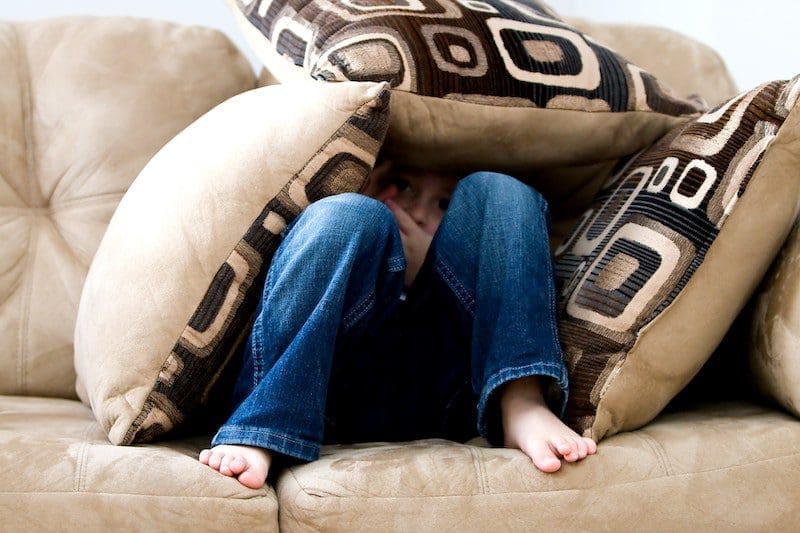Worried Your Child is Struggling? Here Are Red Flags to Look For
Lots of kids are struggling these days. Given the greatly disrupted past few years, that’s hardly a secret. But what parents need to know is this: Where’s the line between “It’s been tough on my child” and “My child is in serious trouble?”
“Your kids are unlikely to tell you when they’re not okay,” says Michele Borba, Ed.D., author of Thrivers: The Surprising Reasons Why Some Kids Struggle and Others Shine. “It’s up to parents to know the warning signs so they can intervene if they suspect kids have crossed that line.”
Here Are Red Flags to Look For
If you see these signs in your child, they may need intervention from a mental health professional. Over the next few days, watch them a bit closer (without them knowing). What you’re looking for is a negative/concerning change in your child’s typical behavior that lasts.
A = ATTITUDE
- Feels worthless, empty, or misunderstood: No one understands.
- Hyper-critical of self and criticism, assumes guilt: I’m not good at anything.
- Negative, pessimistic, feels life is bleak, and the future is grim: Why bother?
- Expects rejection or assumes failure: What’s the point?
B = BEHAVIOR
- Stomachaches, headaches, change in appetite
- Increased irritability, anger, impulsivity, temper tantrums, even over small matters
- Disruptive, more aggressive, risky behavior, doesn’t comply
- More sullen, less communicative, or more secretive
- Self-harm, cutting, burning, excessive tattoos, drinking, self-medicating
C = CONNECTIONS
- Decreased interest or wants to stop participating in social activities
- Clingier, more anxious, pulls back, problems fitting in
- Withdraws from family and friends once enjoyed
- Chooses to socialize less, pulls away from friends or parents

D = DEMEANOR
- Dark circles under eyes, appear sadder or distraught, the drained overall look
- Body posture is slumped or looks discouraged
- Less attention to personal hygiene or appearance
E = EMOTIONS
- Moody or sulking
- Unhappy, sad, feeling down most of the time, crying spells for no apparent reason
- Afraid, more fearful, excessive worrying
F = FOCUSING
- Trouble thinking, concentrating, or difficulties making decisions
- Loss of interest or pleasure in usual activities and things once enjoyed
- Restlessness, lack of energy, or fatigue during waking hours
- Poor academic performance, lower motivation, not doing homework, drop in grades
- Sleeping too little or too much, feels drained most of the time
No one knows your child better than you. Use your instincts to apply what Dr. Borba calls the “TOO Index.” Watch closely and notice if the behavior you’re observing is too different from the child’s nature, is too concerning, occurs too frequently, spills over into too many others, and lasts longer than two weeks.
All kids will display signs of stress, fear, or sadness every now and then. Be concerned when you see a marked change in what is “normal” for your child’s behavior.
“Remember that if you’ve been feeling hopeless lately, there’s a good chance that your kids have been feeling that way too,” concludes Dr. Borba. “It’s far better to monitor their behavior for warning signs of a serious problem than to assume everything is fine.”

Michele Borba, EdD
Website
YouTube: Helping Kids Video Series
Facebook
Twitter
Thrivers: The Surprising Reasons Why Some Kids Struggle and Others Shine
Provided by Dottie DeHart
Top photo by Pixabay
This post contains affiliate links via Bookshop, whose mission is to financially support local, independent bookstores.
More Girls That Create Posts
Teaching Your Daughter to Establish Healthy Boundaries in Relationships
How Movies Can Help Families Wrestle With Emotions
Help Your Kids Thrive By Debunking These Myths About Resilience

